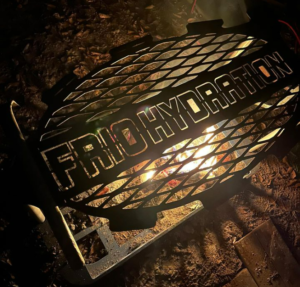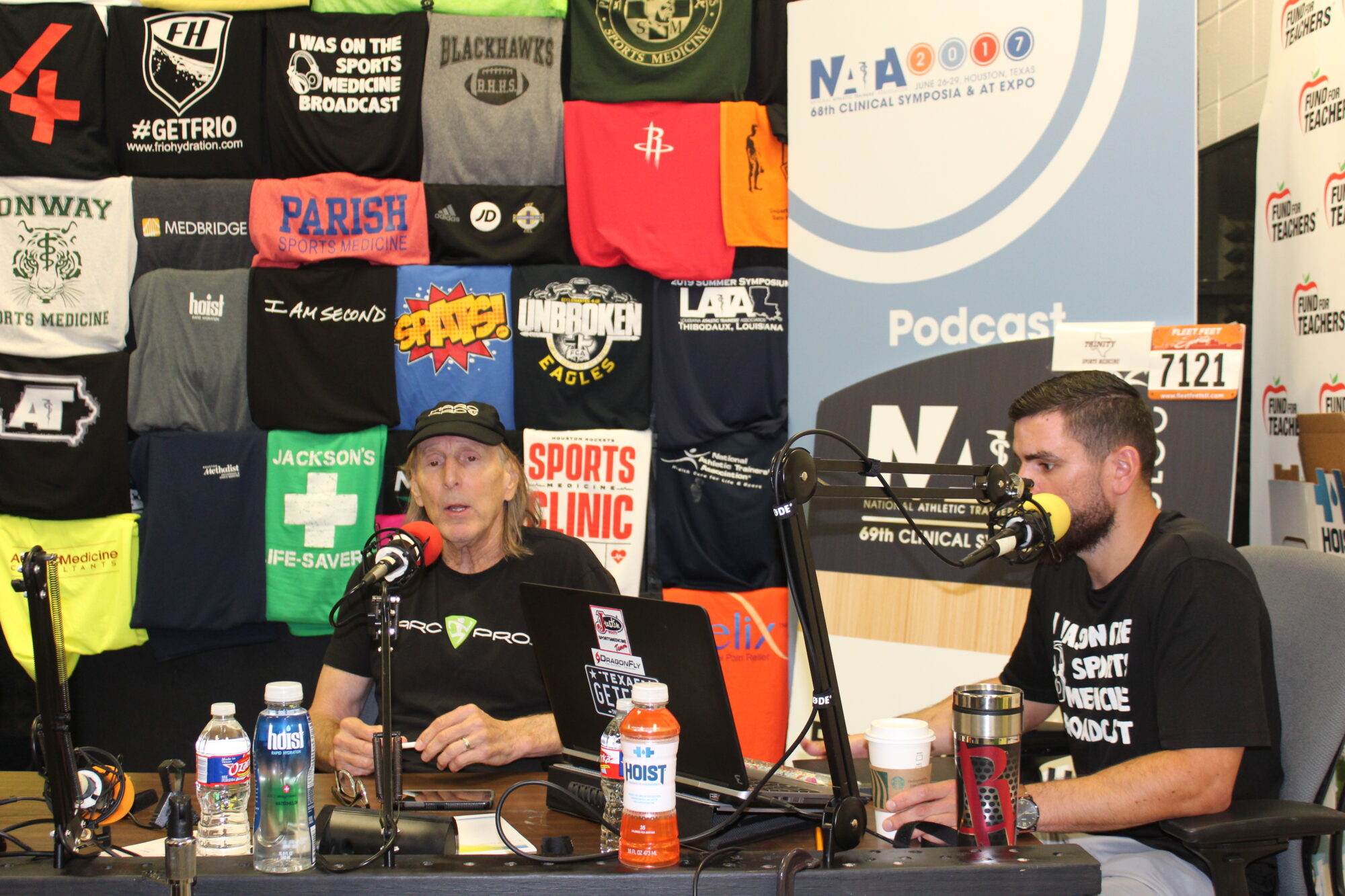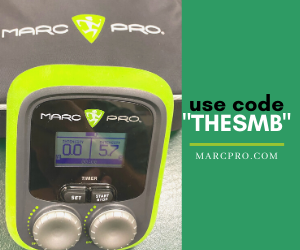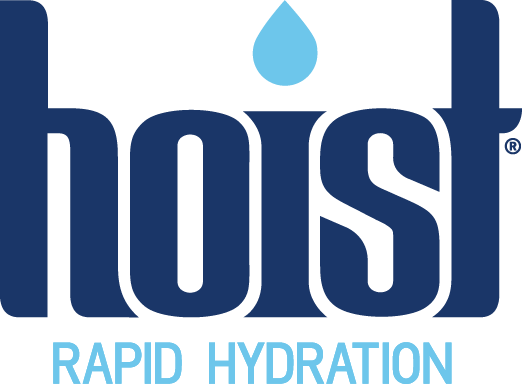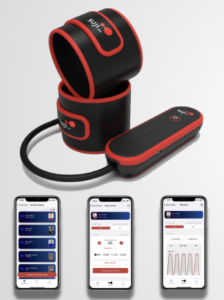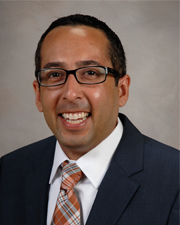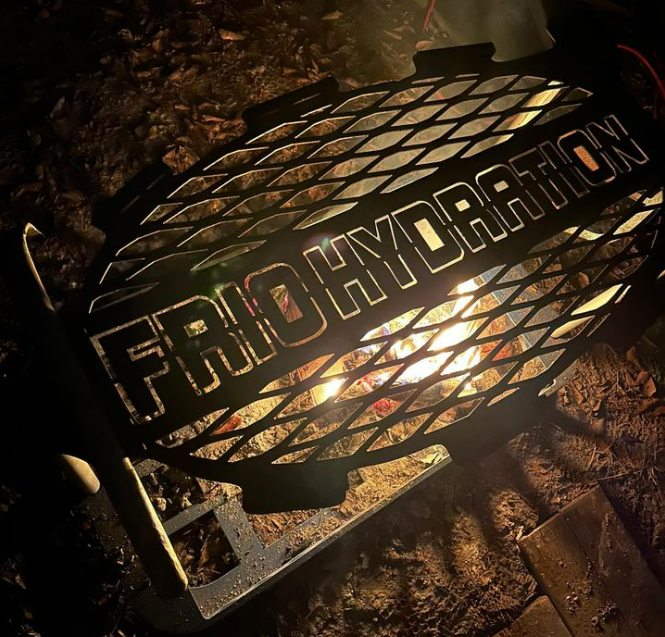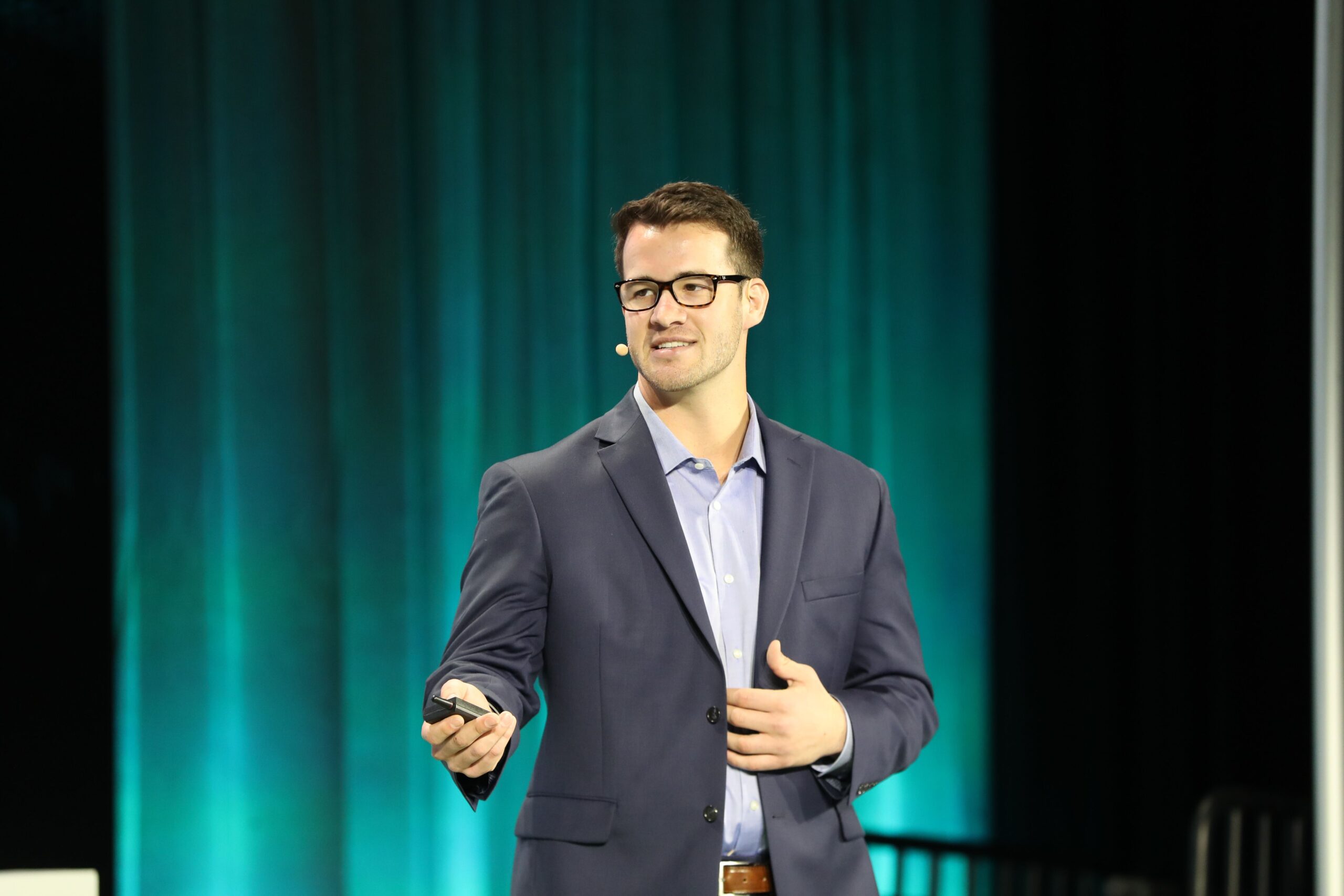Podcast: Play in new window | Download
Practical Preceptor Tips from Christina Fry at Dawson High School in Pearland, Texas. They do an amazing job with the Sports Medicine staff, their student aides, and as preceptors for the University of Houston MAT program.
Discussion topics:
- Advancing students in the profession
- Preparing students
- Outfitting students
- Providing learning opportunities
- Scheduling
- What to avoid
- Practical Preceptor Tips
How long have you been a preceptor?
7 years.
Can you share some of the things you have done to help master's students be involved and advance in the profession?
We treat the masters' students as an extension of our staff, we want them to be respected in our ATR just like us.
We have our high school students refer to them as Mr/Ms/Mrs. We interview them to make them feel that they are in a professional setting.
My assistant, Thomas, likes to ask them “What did you learn today?”. We outfit them, invite them to our pregame meals, we make sure that they feel respected. We make sure that every day they learn something new.
You interview them for the position, but they’re already assigned there?
Correct. We ask them to submit a resume, and for a lot of them this is their first job “interview” and ask them interview-like questions and ask them to submit a cover letter.
We then give them critiques so they can start working and build that resume so that when they are done with their program they can apply and be successful for their interviews for their actual job.
Do you do that just once, or every week, every 3 weeks, etc?
So our level 2’s are with us all year long, we make sure we give them monthly updates. Our level 2 this past year wanted an update every day, every week, so we always were helping her and growing her, anytime there was a hiccup or something she was unsure of, we gave her that reassurance and feedback.
For the level 1’s, it takes a while to get into that comfort zone, but we always try to give them feedback when we notice something, good or bad.
You talked about outfitting them to make them feel welcome, do we give them the ones that say athletic trainer, or the ones that the students wear, do they keep them; what does that look like for you?
So it varies, level 2 vs level 1. Level 2’s we’ll give them the game day polo for the year, and require them to look professional when they come into the ATR.
Our students will wear Nike shorts and a T-shirt. We ask that our UH students either wear something UH to differentiate them or they wear a polo with either nicer shorts or nicer slacks, with their UH ID badge. And that way it identifies them as an adult and not a student.
More Practical Preceptor Tips: Include them in almost everything! So for GHATS, we made a fun t-shirt for the t-shirt contest, and we had a team-building activity of tie-dying the shirts.
We invited our UH students to join in since they went with us to GHATS, and they were allowed to wear that shirt as a fun GHATS representation. For our level 1’s, if there’s an event going on during the time that they are with us we’ll give them one of the students' shirts, but for the most part, we’ll give them our practice shirt for the year that they can wear to Saturday treatments, etc.
One of the things I’m trying to still work out is scheduling, how do you balance that out and hold them accountable while keeping in mind that they’re college students?
You and I have the luxury of working in a high school setting, so we automatically have Sundays off, that is the one day a week they have off because they are required to have at least one day off within a 7-day span. So we keep that in mind.
We use something called “Homebase” which is a scheduling app, where our students, ourselves, and our UH kids can submit their days off requests, so we honor that.
We always remember that they are students first, so they can communicate with us if they have a big test coming up and they'd like the evening off before to study, they just have to have that communication with us, and then we treat it like how if one of us had a doctor’s appointment that morning and we’d say hey, I need this off for that; so encourage them to communicate with their staff, which is the other UH students, to ensure that things get covered.
When it comes to accountability, they've got a set amount of time with us to get the hours they need, so they know that if they’re not going to be there they have to make up the hours they need.
For games that they weren’t scheduled for but show up for, how do you handle that?
A great Practical Preceptor Tip is to have them ask them to ask us in advance. Especially for indoor games or baseball/softball because the space is limited, so we tell them if they do want to come and work extra to give us that heads up that way we can say yes or no.
Ensuring that you're providing an educational opportunity, how do you hand off responsibility to those students?
So when the first years come in, they haven't gone over any anatomy for their assessment class so once they reach the test or the ankle, knee, hip, etc; if they're going over the ankle at the time, we say that every ankle sprain that comes in here, we want you on it, evaluating it to where you're at in your studies.
Once you complete ankle, every ankle eval we say that's yours. That way they are getting that clinical experience.
Our level 2’s, get a little more autonomy when it comes to that. If they’re struggling to remember shoulder special tests, every shoulder that comes in, go get on that eval and come back and ask us questions. We’re right there with them making sure they’re completing it correctly but we want to make sure they get as much hands-on experience with different patients.
Do you have the course syllabus of when they go over certain things?
We ask to see that, we just ask them hey what did you go over today in assessment, hey what are you learning in this class and they tell us and we say okay we’ll make sure to touch on that.
We’re using a more practical time in a hands-on setting. We also meet each week to go over GHATS quiz bowl material with our kiddos and we always invite our grad students to sit in on those lectures as well.
Do you have any release of responsibility schedule or do you just have an internal feel for it?
We’re not going to give them something they’re not comfortable with, we kind of feel them out in the beginning and try to build up what they're not as confident in within their realm of comfortability, because at the end of the day, they’re students too and we want them to learn and grow, within their limits.
Our UH girl this past year wanted to learn more about admin, so we said okay, you’re going to look at our student manual and we want you to go through and make these changes. So it varies based on each individual, and we always ask “What are you not comfortable with?”, and then we try to make them comfortable.
Are any other cool things that stand out?
Something I learned when I was in undergrad, we called it twisted Tuesday. Every Tuesday the upperclassmen, whoever was in charge of that sport, became in charge for the day. The preceptors dressed down into what the students would wear, and those students in charge dressed up as the preceptors.
For every new injury that walked in, they corralled how to treat it, or tasked a student with rehabbing them, they set up practice, talked to coaches, delivered injury reports, etc. So that’s something I’ve taken over at Dawson, and every Thursday night during football season, our UH students are “in charge”, so they’re the first ones to go onto the field, they set up games for the day, and that is their time to get their autonomy and to feel confident in those high-pressure situations.
How do you prepare your students and staff for those Thursday nights?
So we go over the way games are set up in the beginning, they usually get a game or two under their belt as a UH student and then we say alright it's your turn, so they get to see what a setup looks like, they get to understand how we run things and our expectations. We tell the coaches, hey by the way you are going to be hearing from so and so tonight they are in charge.
Of course, we are always right there behind them making sure that if there is something a little bit more extreme or if they’re out of their comfort zone and need us to step in we’re right there. We let them communicate with coaches and parents, that way they get that experience in a high-pressure situation. And they know that it's coming, we give them a heads up.
When you say you're right there with them, are you still on the sideline when they go onto the field, are you kind of halfway in between, or are you standing right beside them and just not saying anything?
I am behind them, always looking over them. I’m always watching. We might stand off a little to the side especially if they don’t like someone hovering over them, but we’re always watching to make sure there's no malfeasance going on and ensuring that they’re doing everything correctly. And we do make sure that before they go do it in a game-time situation, they’ve performed the skill correctly in clinic.
What else as far as practical preceptor tips?
I just always remember my time as a student, and things that helped me, things that didn't help me. We try to give them the recipe for success.
I always want to make sure that our students feel comfortable and can come to us with any issue, we always have open communication with any question they have and we always want them to learn, so by providing that safety realm of education and comradery, we want to make sure that they know that were an asset for them, we talk to them about how we came to be who we are and we want them to feel proud in their journey too.
Anything that you've seen or heard from your students over the last few years as something you should try to avoid?
A lot of the times whenever we do kind of expose them in the first few weeks they feel kind of overwhelmed, but we explain to them that every situation you are in won't be a comfortable one, you are not always going to feel like it's easy.
A lot of times we get “At first I was nervous because you just kind of like put me in there.”, but we explained it, and we went through it, and it is scary but that's what our job is. Sometimes we have them drive our gator, and a lot of times they say they don't feel comfortable doing that so we say okay. We listen to what their comforts are and respect them.
Previous Practical Preceptor Tips Conversations:
Preceptor Tips with Dr. DJ Gilliland
Contact Us
Jeremy Jackson – MrJeremyJackson on Twitter, SportsMedicineBroadcast on IG, FB
These people LOVE Athletic Trainers and help support the podcast:
Frio Hydration – Superior Hydration products.
Donate and get some swag (like Patreon but for the school)
HOIST – No matter your reason for dehydration DRINK HOIST
MedBridge Education – Use “TheSMB” to save some, be entered in a drawing for a second year free, and support the podcast.
Marc Pro – Use “THESMB” to recover better.
